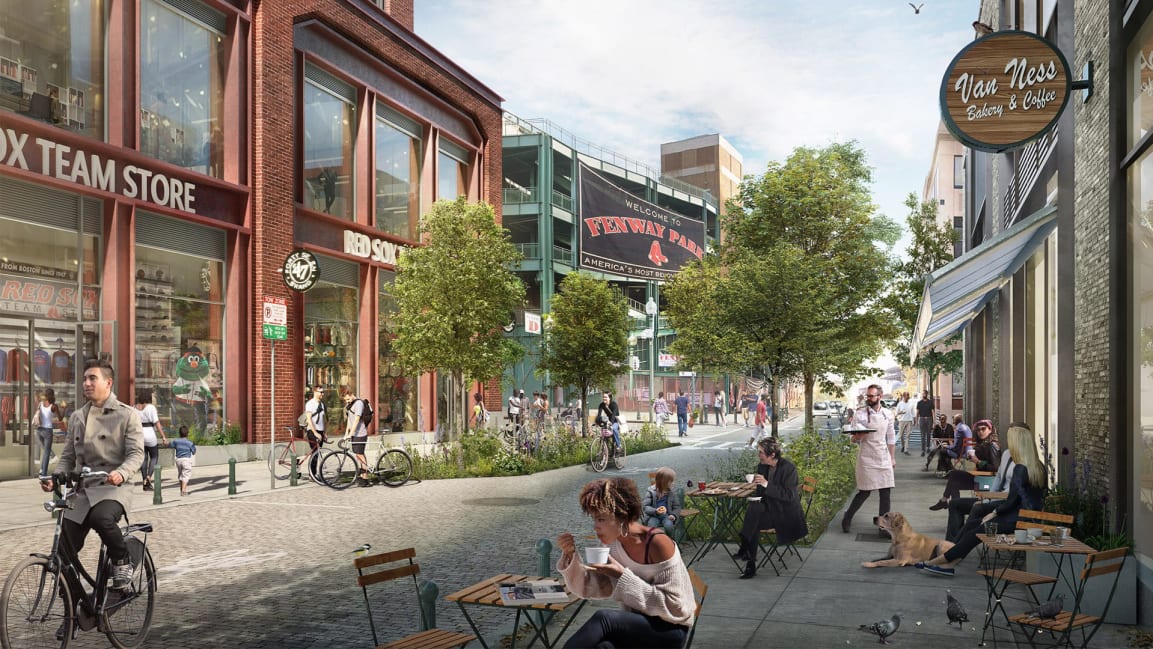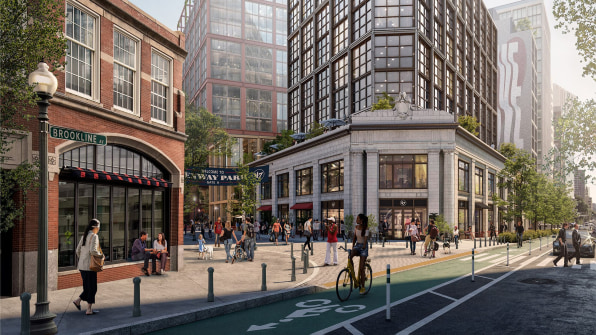I'm sorry for the ongoing derailment from the Fenway proposal--I'll stop after this--but, this is ridiculous. The big draw was everywhere in DTX, pre-pandemic. The three theaters and the AMC cinema. The half-dozen hotels. The dozens of upscale trendy restaurants that had emerged by the 2010s. The dozens of bars. Had you even been in DTX on a Friday or Saturday night just once in the 2010s pre-pandemic? The vibrancy from all the diners, theatergoers, hotel patrons, bar-hoppers, club-goers was intense.
Given that the Sox only activate Fenway for 81 days a year (and zero days between October-April), I would bet the total entertainment spend in normal years in DTX--
all bar receipts,
all upscale restaurant receipts,
all dance club/lounge receipts,
all theater receipts (AMC, Opera House, Paramount, Orpheum),
all retail shopping receipts that took place on the same trip that someone also went to a movie or theater show,
all hotel stay receipts year-round from tourism guests
all Freedom Trail or similar historic tour receipts through DTX
all receipts from said Freedom Trail tourists making purchases at Old South, Old State House
--vastly exceeds the Red Sox-generated economy in Fenway.
This is if "DTX" is defined as everything east of Boston Common, west of PO Square, north of Boylston, south of City Hall Plaza. Your geographic definition of "DTX" may be much narrower, and therein perhaps lies all the difference?



